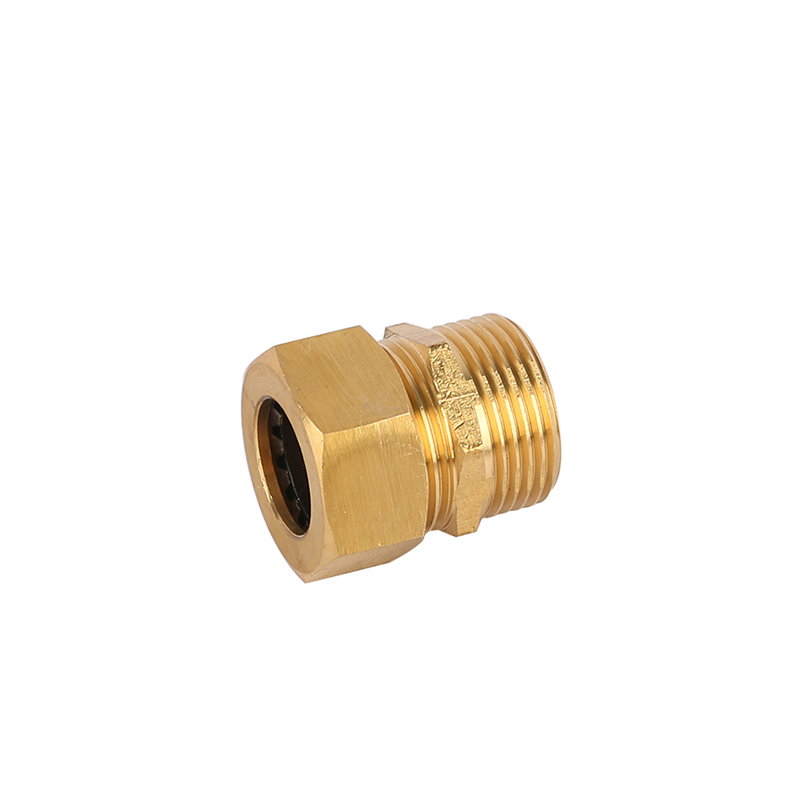One of the primary functions of check valves is to prevent backflow in fluid handling systems. Backflow occurs when fluid flows in the opposite direction, which can lead to contamination, system damage, or disruption of operations. Check valves act as a barrier, ensuring that fluids flow in the intended direction and preventing any undesired backflow. This is crucial in applications where the integrity and purity of fluids are essential, such as in water supply systems, sewage systems, and industrial processes.
Check valves find extensive use in various industries and applications. In plumbing systems, they are commonly installed in water lines to prevent the backflow of contaminated water. Check valves are also essential components in irrigation systems, oil and gas pipelines, chemical processing plants, power generation facilities, and HVAC systems. Their versatility allows for seamless integration into different fluid handling systems, ensuring efficient and reliable flow control.
Check valves come in different designs to suit specific applications and flow requirements. Some common types include swing check valves, ball check valves, and lift check valves. Swing check valves use a hinged disc that swings open and closed, providing a full flow path when open and a secure seal when closed. Ball check valves feature a ball inside a housing, which lifts and allows flow when the pressure is sufficient, and settles back into place to block reverse flow. Lift check valves utilize a piston-like disc that moves up and down, enabling flow in one direction and preventing reverse flow.
Check valves are compatible with various fluid types, including water, gas, oil, chemicals, and slurries. They are designed to handle different flow rates and pressures, ensuring reliable operation in a wide range of systems. Check valves are available in various sizes and materials, including brass, stainless steel, PVC, and cast iron, allowing users to select the most suitable option based on the application's specific requirements.
Check valves are known for their low maintenance requirements and high reliability. They have minimal moving parts, reducing the risk of mechanical failures or malfunctions. With proper installation and periodic inspections, check valves can provide long-lasting and trouble-free operation. Regular maintenance involves cleaning the valve and ensuring the moving parts are free from debris or corrosion. This ensures optimal performance and extends the service life of the check valve.


 English
English русский
русский Deutsch
Deutsch












